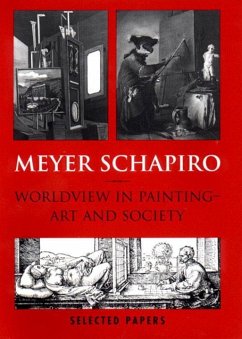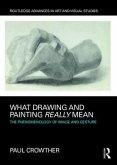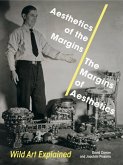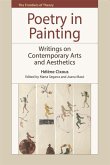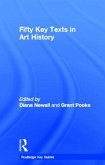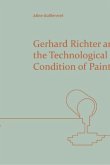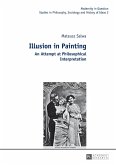How can we profitably compare art and philosophy? In the first part of this collection of twenty-one writings, many previously unpublished, Schapiro uses specific works of art to elucidate the rich variety of ways in which artists and art movements have been compared with philosophical systems. His highly lucid arguments, graceful prose, and extraordinary erudition offer new opportunities to broaden and enrich our understanding of even the most familiar works of art. In the second part of the collection, Schapiro explores aspects of our everyday experiences with art: the value of modern art, social realism, revolutionary art, art as a cause of violence, the art market, the public support of artists, public art commissions, church art, and others. Here, in essays that range in a period of more than forty years, we witness Schapiro's unfailing dedication both to the liberty of the artist and to the integration of the arts in society. Throughout all of his writings, Schapiro provides us with a means of ordering our past that is reasoned and passionate, methodical and inventive. In so doing, he revitalizes our faith in the unsurpassed importance of critical thinking and creative independence.
Hinweis: Dieser Artikel kann nur an eine deutsche Lieferadresse ausgeliefert werden.
Hinweis: Dieser Artikel kann nur an eine deutsche Lieferadresse ausgeliefert werden.

